Geert has no shortage of ideas.
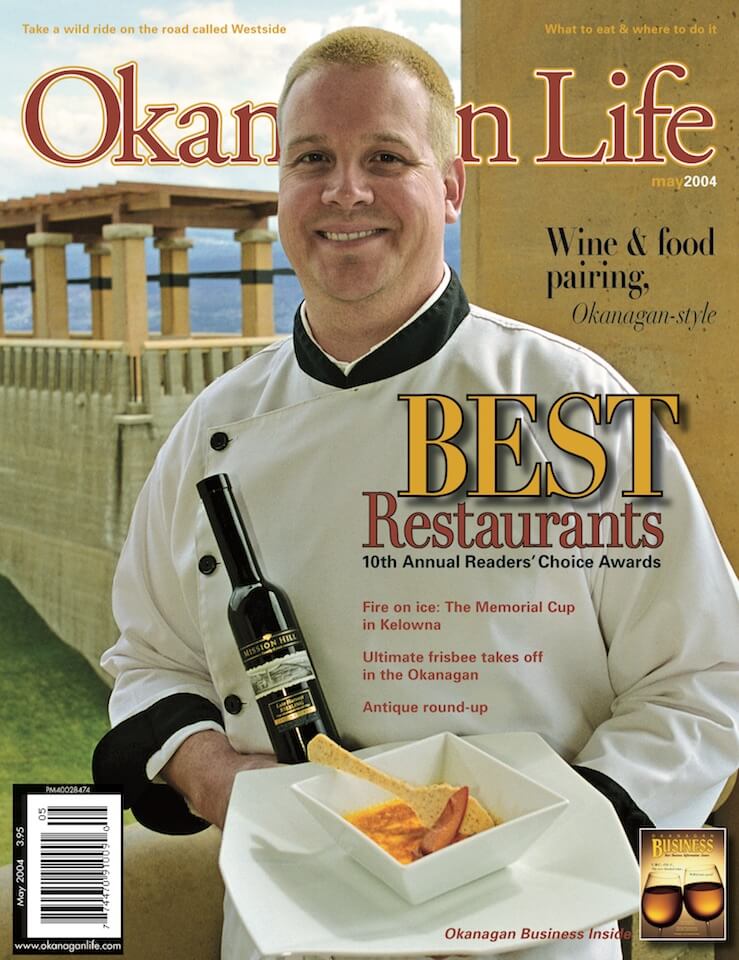
by Dr. Sharon McCoubrey
Sculptor Geert Maas celebrates a 20 year journey
Dancing goddesses, serious ancestors, and humorous sunbathers, all in gleaming bronze sparkling in the natural light, are part of a special celebration. It is the 20th anniversary of world-renowned sculptor, Geert Maas, creating and showing his artworks in Canada. After he left the Netherlands to settle in the southern interior of British Columbia, his new home in Kelowna became the Geert Maas Sculpture Gardens and Gallery.
Geert Maas is the creative, hardworking man who has dedicated his life to putting his many ideas into various expressions of art. The result is an amazing repertoire of two and three dimensional works rarely accomplished by a single artist. About 350 artworks are on permanent display at his Gardens and Gallery.
One has to marvel at the impressive talent that produces a wide range of artworks with such rich diversity including sculptures, multimedia installations, reliefs, paintings, prints and medals. The materials include bronze, other metals, stone, wood, clay and paint. The subject matter consists quite often of humanity in its broadest sense and images derived from nature. There is an emphasis on simplifying forms and contrasting proportions. The style of his art varies from realistic to abstract. When asked which medium among the tremendous diversity is his favourite, Geert identified bronze, often with multi patinas.
Maas is a true artist because he ensures that his artwork continually evolves and changes. He is to be commended for not being content with current success, but rather for looking ahead to the next idea or a different approach that will result in a new artwork. As a result, his audience is treated to works that are challenging and intriguing. As Maas explained, he must always be excited in and by his work.
Geert Maas has achieved international status as his artworks are in public, private and corporate collections in many countries including Australia, Brazil, France, Norway, Peru, China, and many others. He has also been selected for commissions in Japan, The Netherlands, Germany, Poland, and Canada. Maas’s numerous exhibitions in many countries started in 1967 in the Netherlands, while in 1982, he has had his first solo exhibition in Canada.
A key event that helped lead Maas to many international contacts was being included in the American Automobile Association Tour Books. After successfully passing an on site inspection, the Geert Maas Sculpture Gardens and Gallery was designated as “very special” based on the merit of the artwork, and therefore, warranted inclusion in the tour book, which exposes his artwork to worldwide travelers. To date, many travel books and magazines also feature this special site.
Geert is blessed with a supportive and hardworking partner, his wife Elly. They work as a team, together taking care of the operation of the Sculpture Gardens and Gallery including studio work, public relations, administration, and gardening. “She is a big part of my life as an artist,” says Maas.
One of the important roles Elly plays is her interaction with the visitors, many of whom are new to art and may not understand the subtle aspects of the artworks. She encourages and informs them, helping them understand art and to broaden their views about what art is or could be. She also works with many young viewers when the Sculpture Gardens accommodates school tours. Elly speaks about art with great confidence, ever since meeting Maas in The Hague and experiencing continuous in-depth art appreciation.
A process that is mysterious to the general public and of great interest to fellow artists is how an artist is able to create new images, new artworks. Geert has shared some of the sources of the ideas that then become his pieces.
Mainly, Maas explained, his ideas come from interaction with people and from organic forms. Citing an example of this use of organic forms for creating, the sculptor referred to a time in the early days of his work as an artist. He studied a bucket of potatoes, looking at their shapes. He joined the potatoes with toothpicks, then made three-dimensional versions of these structures. The organic shapes became sculptures. When these sculptures were exhibited, the potatoes were placed on display along with the sculptures to demonstrate the source of the works.
Sometimes, a specific request can be the impetus for a new artwork. Such was the case for public art in Osoyoos, requesting a sculpture of rattlesnakes. Creating artworks for Okanagan municipalities is very challenging for Maas, as he endeavours to understand the context of each particular community. He considers issues such as “What is the artwork’s relationship and impact in a site specific environment?” or “How will the light affect the sculpture?” These considerations then result in public artworks that fit well within their designated setting. In Maas’s words, “It is most exciting.”
Reflecting on potential new artworks, the sculptor feels he will do more with his ancestry series knowing that there are variations and related ideas to explore. Whatever the source for new artworks, one thing is for certain, as exclaimed by Elly, “Geert has no shortage of ideas.”
Meandering among the bronze sculptures that form one of the largest collections in Canada, is indeed a treat. Watching the sculptures change as the light varies with the day and the season, or watching the snow settle on edges then be replaced by the sun glimmering off rounded surfaces, is an enriching experience. Enjoying both indoor and outdoor art in one location is a
rare offering.
Highlighting this celebration will be a 20th anniversary Summer Exhibition at the Geert Maas Sculpture
Gardens and Gallery, 250 Reynolds Road, Kelowna.
The goddesses, ancestors and sunbathers will all be there.
Dr. Sharon McCoubrey is associate director of the Faculty of Education at Okanagan University College in Kelowna, B.C.
She is an art education professor and researcher; chairperson of the Lake Country Public Art Commission; and chairperson of the arts festival, Lake Country ArtWalk.
Read more of the original stories celebrated in our 30th-anniversary issue.
Wearable Art: Denise Oyelese cosies up to felting
If there is one thing Denise Oyelese understands, it’s how to stay warm. Born and raised in Saskatchewan where the thermometer can descend to minus double digits, it is little surprise that this Kelowna creative has turned the idea of being “cozy” into a much sought...
Social entrepreneurs shortlisted for Change Up 3
Six groups, five minutes, $9,000 to support social change Hundreds will flow the Kelowna Community Theatre next week to participate in audience real-time voting to support social entrepreneurship in their community. At stake: a $5,000 top prize and mentorship in kind...
Opera Kelowna heralds the holidays with A Classical Christmas
Vancouver Opera Maestro Leslie Dala, four acclaimed soloists, and Kelowna Children’s Choir Gather for a heartwarming evening of traditional & operatic favourites Opera Kelowna celebrates the festive season with A Classical Christmas, November 25, 2017 at 7:30pm at...
Bartenders gear up for Mixoff
Okanagan Spirits is showcasing the Okanagan’s cocktail culture to the public with the Okanagan Spirits Craft Distillery Mixoff, Nov. 2, at the Laurel Packinghouse. The participating restaurants will be designing cocktails using local wine and two items from the...
Historic $4.5 million Kiwanis endowment support local children
A donation of $4 million from The Kiwanis Clubs of Kelowna to the KGH Foundation will benefit child and youth health care in the Central Okanagan, and $500,000 to the Central Okanagan Foundation will support local programs for children and youth in arts &...
Hundreds queue for opening sales at One Water Street
The research said the demand is there, and proved to be correct as 160 homes in the new ONE Water Street luxury residential project were sold during the opening weekend of sales. Sales of homes at ONE Water Street on the northern edge of downtown Kelowna began on...

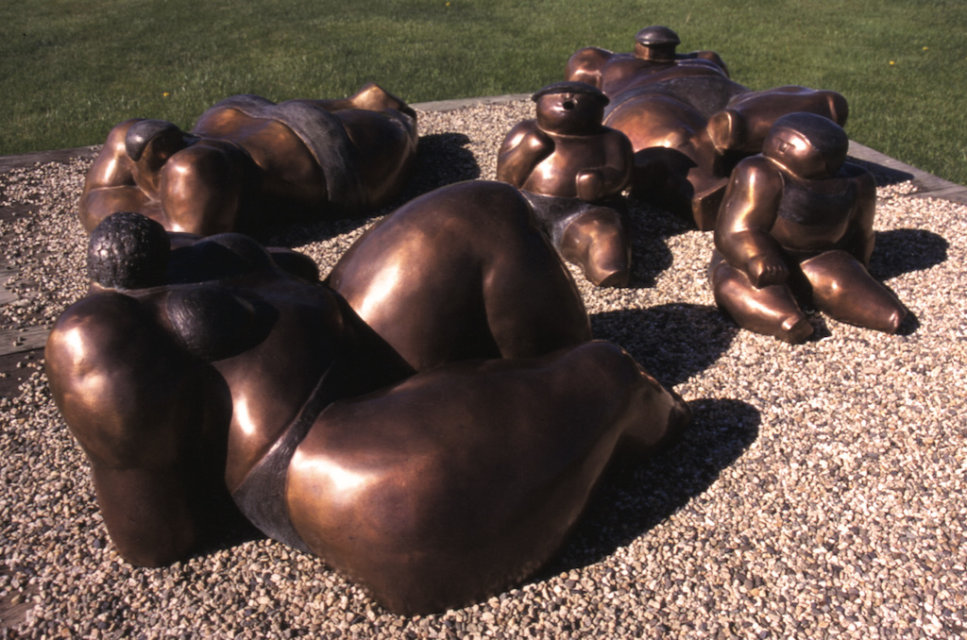
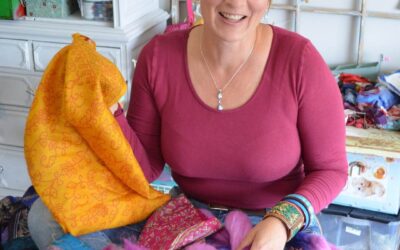
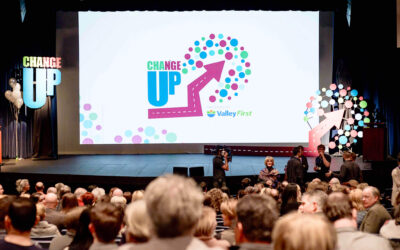

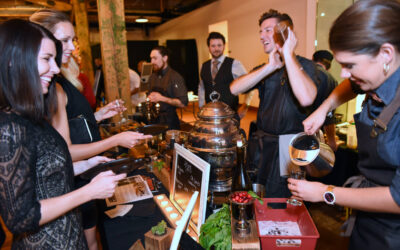
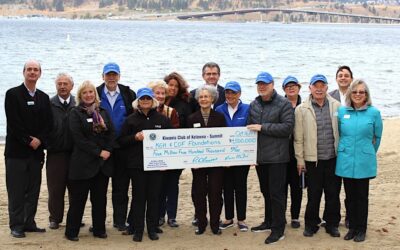

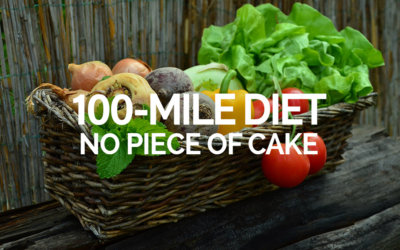
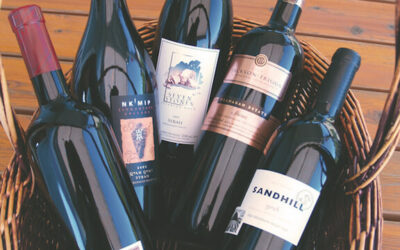
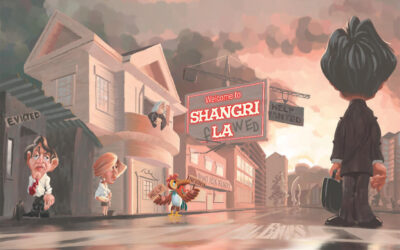
0 Comments